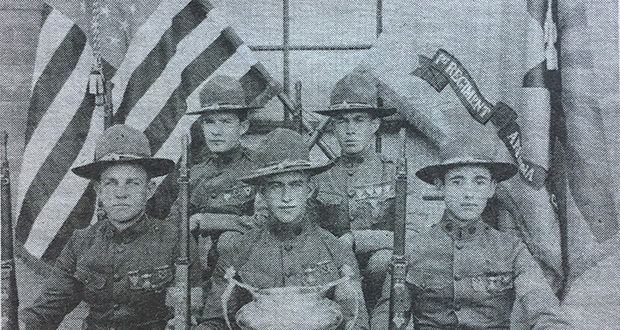Sierra Vista
Arizona Capitol Reports Staff//March 2, 2007//[read_meter]
In 1877, Fort Huachuca was established at the cradle of the Huachuca Mountains in southeastern Arizona Territory. Its mission was to protect settlers from Apache attacks and secure the United...
No tags for this post.

















